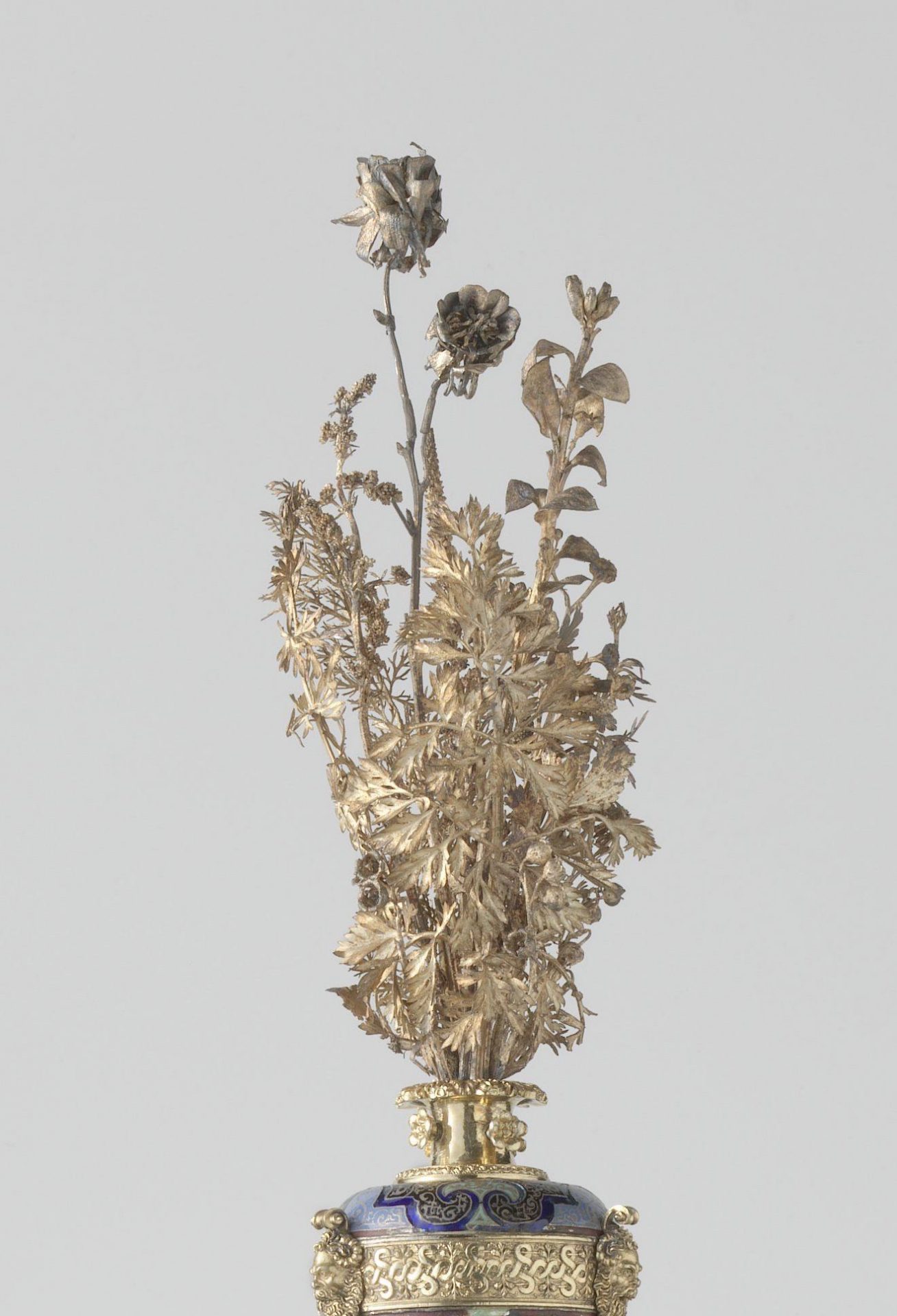A Garden of Cast Flowers, The ‘Enchanted Salon’ and the Making of Sculptures for Festivals

Although many works of art have not been preserved, we tend to characterize art as everlasting, or at least to outlast generations. However, as becomes evident in a festival context, a large group of art objects now lost were never meant to be retained. ey comprised cardboard buildings, papier-mâché and sugar sculptures, ice sculptures, pyrotechnics and back-lit paintings made to grace halls and streets on the special occasions which were organized abundantly in the early modern period. Commemorative descriptions and images account for their past reality, informing us that many artists — architects, sculptors, painters, and even goldsmiths — were engaged in manufacturing temporary art for courtly feasts, royal marriages, joyous entries, liturgical processions, and other festivities. Some objects would last for some time, to be re-used until broken or worn, like Tüchlein ags, while others were made to perish on the spot as a part of the spectacle. e making of these works of art frequently kept sixteenth-century masters busy, as these transient artefacts were o en in demand and were, by no means, of an inferior or cheap quality. Goldsmiths and sculptors (in particular those working with metals) were well equipped to design and make these elaborate objects, knowing how to produce reworks and automata. eir skills were on display in the camara encantada (enchanted salon) in the palace at Binche in 1549 where, amongst other tours de force, the earliest known silver life-cast owers and small animals in the Low Countries were to be found and which provoked deep admiration.
